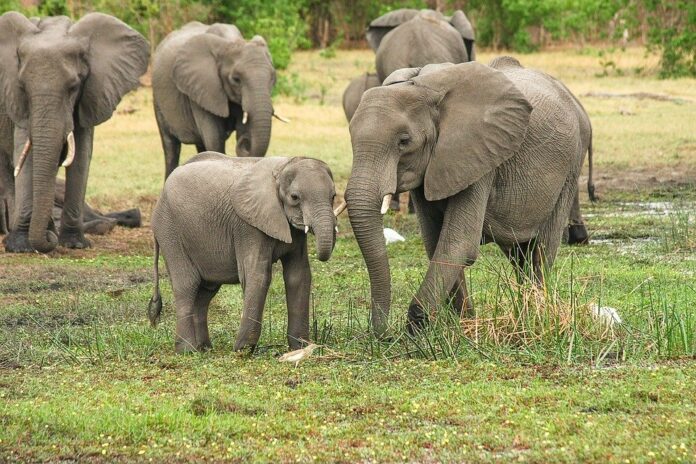Since life flourished on Earth 4 billion years ago, the planet has experienced five mass extinctions of living things, one extinction after another. The last -and best known-, 65 million yearsmoment in which the dinosaurs disappeared along with more than 70% of terrestrial species.
However, many scientists point out that we are currently immersed in the sixth extinction massivewhich has a difference with respect to the others: it is not a phenomenon of nature, but that we ourselves, human beings, we are directly responsible.
So much so that we cause the environmental defense mechanism To overcome these changes, evolutionnot be able to keep up with us.
sixth mass extinction
This is the main conclusion of a study of the Aarhus University (Denmark) and the University of Gothenburg (Sweden), recently published in “Proceedings of the National Academy of Sciences” (PNAS), which indicates that this will be the cause of the extinction of many species of mammals during the next five decades if current conservation efforts do not improve.
At this rate, and after only 50 years, nature would need between 3 to 5 million years to recover to current levels (where in the In the last five centuries, 322 species of vertebrates have disappeared.) and of 5 to 7 million years to restore biodiversity before the emergence of Homo sapiens.
The researchers used an extensive database of mammals, which includes not only the species that still exist, but also the hundreds of species that lived in the recent past and became extinct as man spread across the globe, such as the mammoths or saber-toothed tigers.
“The large mammalseither megafauna, like the giant sloths and saber-toothed tigers, which became extinct about 10,000 years ago, were very different from an evolutionary standpoint. Since they had few close relatives, their extinctions meant that entire branches of Earth’s evolutionary tree were severed.” it states matt davis, paleontologist at Aarhus University, who led the study.
And adds: “There are hundreds of species of shrews, so they can withstand some extinctions. There were only four species of saber-toothed tigers and they all died out.
Species threatened today
But beyond the species that became extinct, there are now many types of animals that are threatened. For example, him black rhino it has a high risk of disappearing in the next 50 years. Or the Asian elephantone of only two surviving species descended from species as large as mammoths and mastodons, has less than a 33% chance of surviving this century.
So the researchers also wondered if extant mammals could naturally regenerate lost biodiversity, and how long the process would take.
In the best case scenario, where humans have stopped destroying habitats and eradicating species, it will take 3 to 5 million years for mammals to diversify enough to regenerate the branches of the evolutionary tree that they are expected to lose in the next 50 years. .
But it will take more than 5 million years to regenerate what was lost from the giant Ice Age species, where the world was populated by giant beavers, giant armadillos or giant deeramong others.
Giant mammals: a past that will not return
“Though we once lived in a world of giants, now we live in an increasingly impoverished world of large species of wild mammals. The few remaining giants, such as rhinos and elephants, are in danger of extinction.” alert the teacher Jens-Christian Svenningof Aarhus University, who leads a large megafauna research program included in the study.
However, there is something positive to be learned: all this data could be used to quickly identify species in danger of extinction and with a different evolutionso that conservation efforts can be prioritized and focused on avoiding the most serious extinctions. “Now it is much easier to save biodiversity than to evolve it again later,” Davis concludes.
Font: ABC
Reference article: https://www.abc.es/ciencia/abci-muchos-mamiferos-no-superaran-sexta-extincion-masiva-201810162252_noticia.html















Add Comment